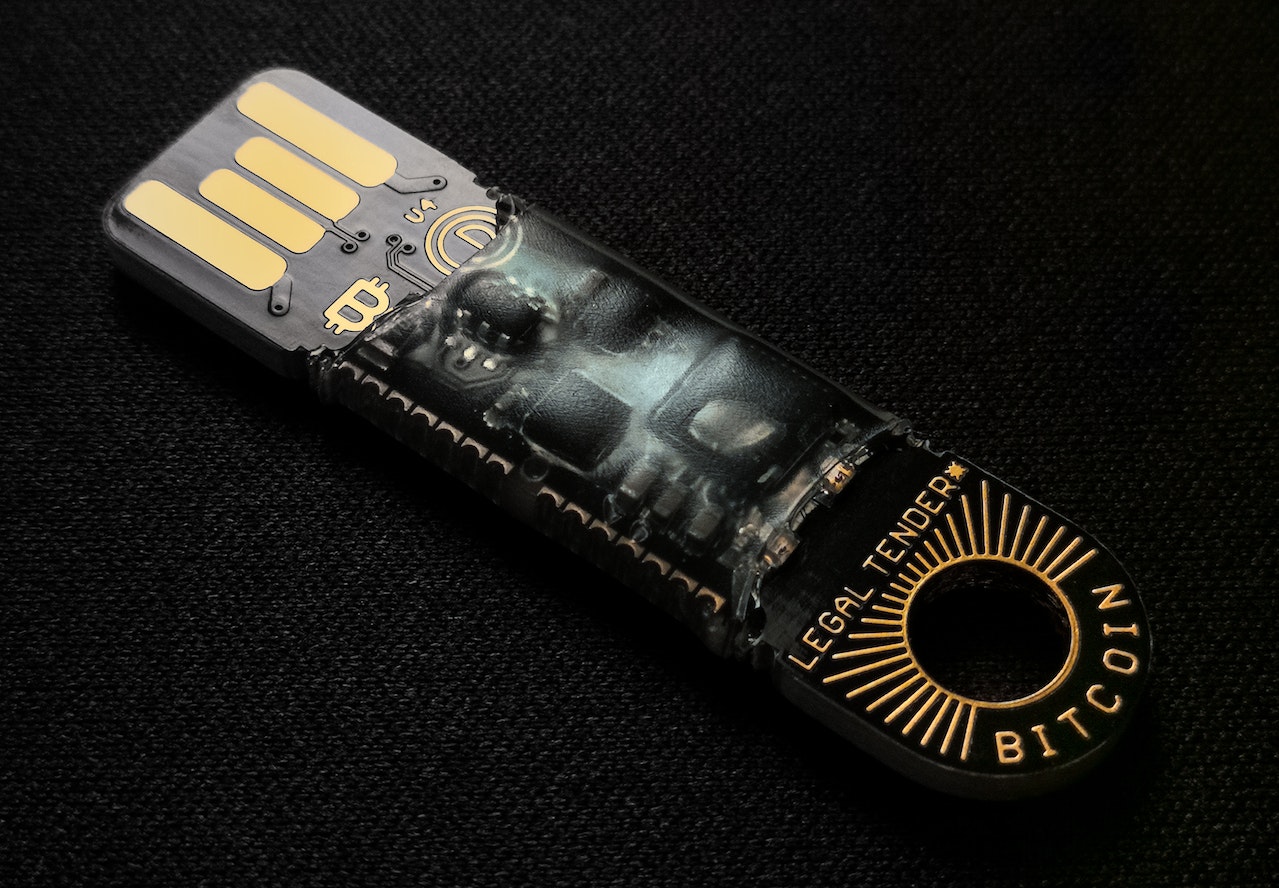Universal Serial Bus (USB) technology has revolutionized how we connect and interact with our devices. Among the various iterations of USB, USB 2.0 and USB 3.0 are two of the most prevalent versions. Understanding the differences between these two standards can help you make more informed decisions about your tech purchases and usage.
Introduction to USB Technology
USB, introduced in the mid-1990s, was designed to standardize the connection of peripherals to personal computers. It replaced a variety of earlier interfaces, simplifying the process and enhancing data transfer speeds. Over the years, USB technology has evolved significantly, with USB 2.0 and USB 3.0 being two major milestones.
Key Differences Between USB 2.0 and USB 3.0
1. Data Transfer Speed
One of the most significant differences between USB 2.0 and USB 3.0 is their data transfer speeds:
- USB 2.0: Offers a maximum data transfer rate of 480 Mbps (megabits per second).
- USB 3.0: Significantly faster, providing speeds up to 5 Gbps (gigabits per second), which is roughly ten times faster than USB 2.0.
2. Physical Design and Identification
- USB 2.0: Typically, USB 2.0 ports and connectors have a black or white color inside the port.
- USB 3.0: These ports and connectors usually feature a blue color inside the port to distinguish them from USB 2.0. Additionally, USB 3.0 connectors and ports often have additional pins to accommodate the higher speed.
3. Power Management
- USB 2.0: Delivers a standard 500 mA (milliamps) of power to connected devices.
- USB 3.0: Provides enhanced power delivery, offering up to 900 mA. This increase supports faster charging of devices and can power more demanding peripherals.
4. Backward Compatibility
- USB 2.0: Can connect with USB 1.1 devices but operates at the lower speed of the connected device.
- USB 3.0: Fully backward compatible with USB 2.0 ports and devices. However, the connected device will operate at the speed of the slower standard.
5. Bus Efficiency
- USB 2.0: Uses a polling mechanism, which means it continuously checks connected devices to see if they need to transfer data.
- USB 3.0: Introduces an asynchronous signaling mechanism, allowing connected devices to notify the host when they are ready to send or receive data. This results in more efficient data transfer and lower power consumption.
Practical Implications
For Everyday Users
For most everyday tasks like connecting keyboards, mice, or printers, USB 2.0 is generally sufficient. However, if you frequently transfer large files or use high-speed external drives, USB 3.0 offers a significant advantage in terms of speed and efficiency.
For Gamers and Professionals
USB 3.0 is particularly beneficial for gamers and professionals who work with large multimedia files. The faster data transfer rates can drastically reduce the time required to move large amounts of data, enhancing productivity and providing a smoother experience.
Conclusion
While both USB 2.0 and USB 3.0 have their uses, the advancements in speed, power management, and efficiency make USB 3.0 the superior choice for modern computing needs. Understanding these differences helps in making better decisions about which USB standard to use for specific tasks, ensuring you get the best performance from your devices.
Whether you’re a casual user or a tech enthusiast, knowing the distinctions between USB 2.0 and USB 3.0 can help you optimize your device usage and make informed purchasing decisions. As technology continues to advance, staying informed about these developments ensures you can take full advantage of the latest innovations.
